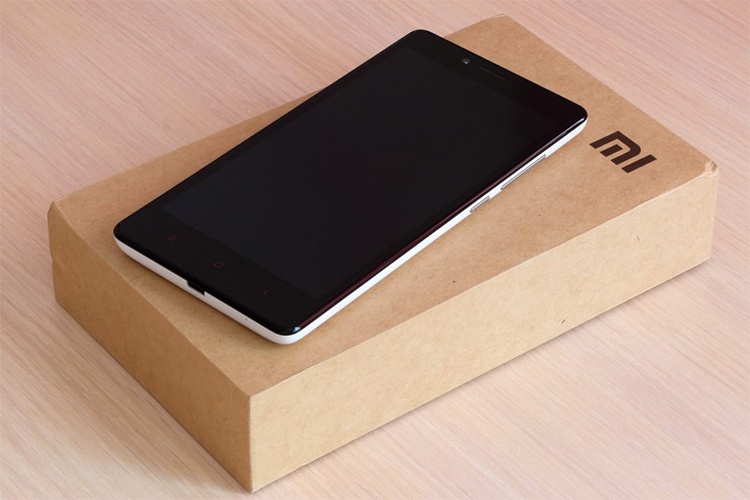In the three years after the launch of its first smartphone in 2011, Xiaomi had become the most popular smartphone brand in China and the world’s most valuable tech startup with a valuation of $45 billion. Even before it ventured beyond home shores, the brand had acquired a global reputation for products that combined high end specs with mid-segment prices and its potential as a giant-killer. Xiaomi considered India, globally one of the largest and fastest growing markets, a key component of its global expansion strategy.
The PRactice team was to handle all the communications for the launch of the brand in India. The team started off by mapping the prospective audience according to their understanding of, and affinity for the brand. Xiaomi considered tech-savvy youngsters their core audience and had created an India-specific social media campaign targeting them. However, the program hadn’t been able to build critical mass in terms of scale and momentum.
As The PRactice team’s research revealed, this was because most of the target audience was either unaware of the brand or unwilling to commit to it. Furthermore, a majority of the consumers relied heavily on online product reviews, blogs and opinion pieces from tech-savvy influencers. Next, the team researched technology opinion leaders and key influencers through their websites, blogs and social media pages. They were assessed basis two criterion: firstly, the tone or approach of their industry and Xiaomi-specific reporting and secondly, the quality of their interactions with their audience. The prospective social ambassadors were shortlisted and the team reached out to them to start a conversation about finding a common ground between their views and the brand’s values. Influencers who had a better reach in Indian tier 2 markets were also proactively scoped out and contacted so the team could build their understanding of the brand.
A campaign was developed to highlight Xiaomi as a leader in the global technology arena and build credibility for the quality and value of their products. The messaging was intended to counter the notion that high quality automatically means high prices. The team used social media and PR tools to execute strategies to activate a strong fan following for Xiaomi products and garner the attention of technology writers, reviewers and influencers.
A press launch event in New Delhi kicked off the campaign, quickly followed by blogger meet-ups in the city, as well as in Mumbai and Bangalore. Senior executives from Xiaomi’s Indian and international operations travelled to each of these locations to build a strong relationship with key influencers. Throughout the campaign, the team used digital tools to monitor brand understanding and sentiment, which helped tweak the communication strategy in real time and control the messaging.
Media publications, blogs and social media pages were monitored to gauge customer perception of the brand. Quick and nuanced responses to customer and media queries helped mitigate the possibility of any negative reviews. The team capitalised on their strong relationships with the media and a panel of influencers to fine-tune messaging and manage brand reputation. The team was also able to turn around potentially negative coverage by using this rapport to interject Xiaomi’s perspective to counterbalance a narrative that could otherwise have gone against the brand’s interests.
The results of the campaign spoke for themselves — more than 100 million impressions in print and online, and reached a television audience of 5.6 million. The event was the sixth most talked about topic on Facebook in 2014 with the Xiaomi Mi3 emerged as the seventh “Most Searched Tech Device” of the year. The first online sale for Xiaomi generated nearly 250,000 pre-registrations and stocks were sold out in seconds. The company has since sold more than 1 million devices in its short time in the Indian markets.
Unlike conventional campaigns, which rely on expensive advertising and promotional activities, the Xiaomi brand campaign took the next-gen approach of connecting with the customer community to raise awareness, demonstrate credibility and activate demand using the power of social media and advocacy. The buzz created by the Xiaomi launch had several consumer technology companies trying to replicate the strategy.
The Xiaomi team was very appreciative of the outcome.




